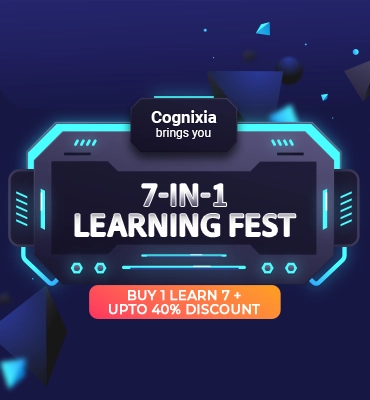
- Overview
- Schedule Classes
- What you'll learn
- Curriculum
- Feature
- FAQs

Overview
Working with Large Language Models offers a comprehensive exploration of the cutting-edge technologies that are revolutionizing natural language processing and artificial intelligence. This immersive training program provides participants with in-depth knowledge of language models ranging from statistical approaches to state-of-the-art transformer architectures and multimodal systems. Participants will gain hands-on expertise in implementing, fine-tuning, and deploying various language models to solve real-world challenges across multiple domains.
The course offers a practical journey through the evolution of language models, from foundational statistical approaches to advanced neural architectures like PaLM 2, Gemini, Llama, and Mistral. By combining theoretical foundations with extensive hands-on implementation, participants will learn to leverage powerful open-source frameworks, create custom applications, and integrate language models with various modalities, including images and voice. The curriculum bridges academic concepts with practical deployment scenarios, empowering developers and data scientists to harness these transformative technologies effectively.
Cognixia’s Working with Large Language Models program stands at the intersection of practical application and technological innovation. Participants will not only master the technical aspects of implementing various language models but will also develop a nuanced understanding of model architecture, scaling strategies, and multimodal capabilities. The course goes beyond traditional LLM training by introducing cutting-edge concepts in text-to-image generation, voice synthesis, and enterprise deployment of advanced AI models, preparing professionals to lead innovation in this rapidly evolving field.
Schedule Classes
Looking for more sessions of this class?
What you'll learn
- Master the fundamentals of language models
- Implement and fine-tune various language models
- Build practical applications, including chatbots and conversational agents
- Leverage enterprise-grade models
- Explore multimodal AI capabilities
- Develop practical skills with industry tools
Prerequisites
- Foundational understanding of machine learning concepts
- Adept with programming languages, particularly Python

